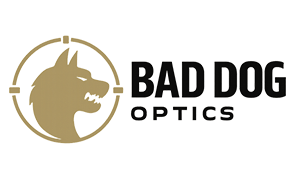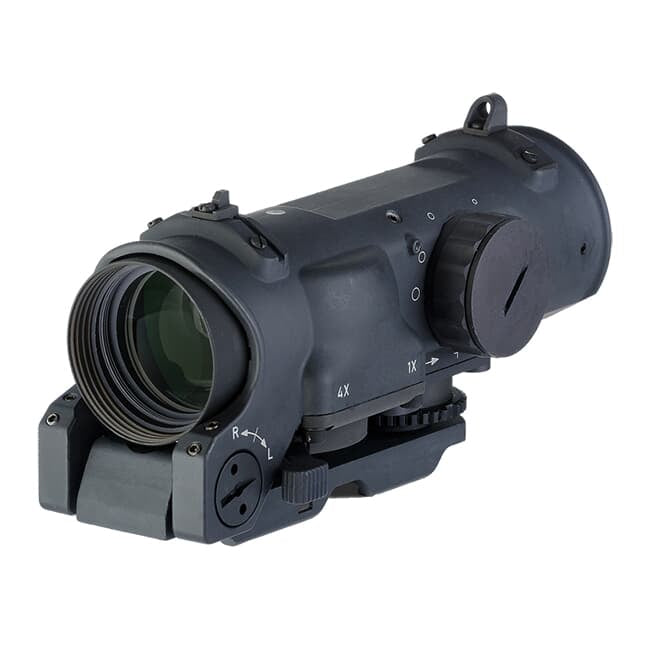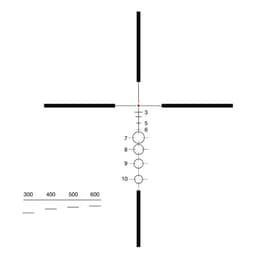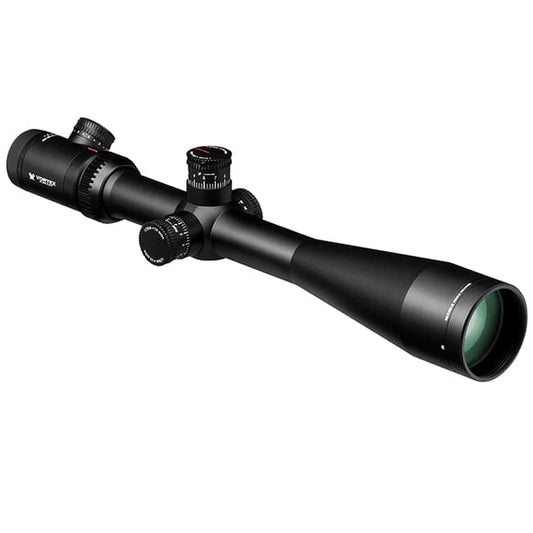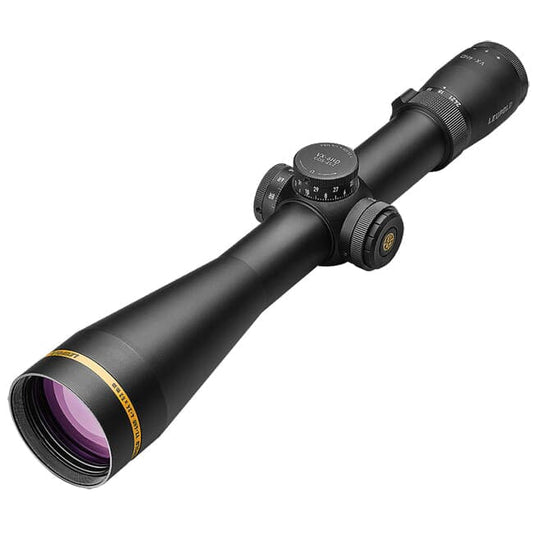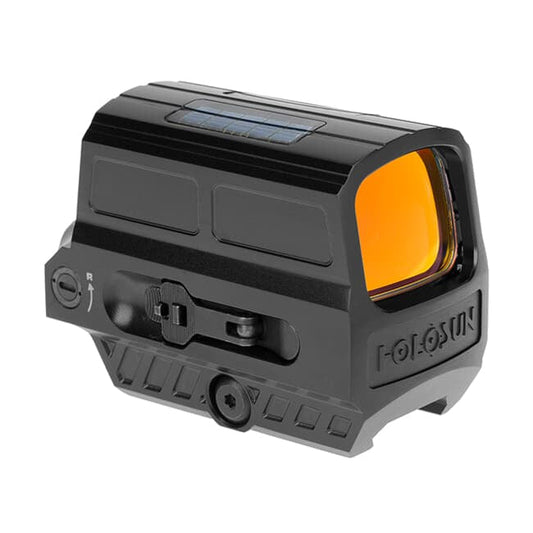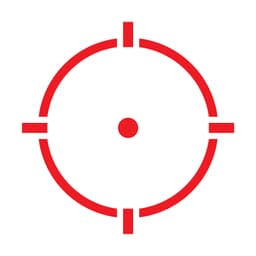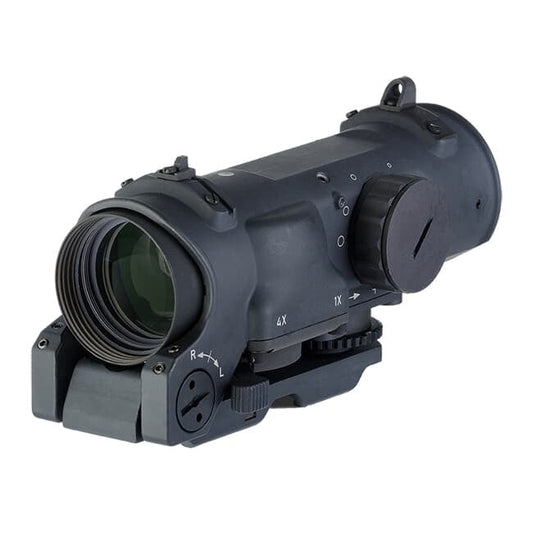

Elcan SpecterDR 1x/4x Scope 5.56 NATO DFOV14-C1 offers a versatile solution for tactical shooting with its dual magnification settings. This scope allows users to seamlessly switch between 1x and 4x magnification, making it ideal for both close-quarters combat and precision shooting. Weighing just 23.2 oz, it’s engineered for extended use without causing fatigue. The scope features a 70 mm eye relief, providing comfort even during rapid fire, while its wide field of view enhances target acquisition in various shooting scenarios.
Built from hard-anodized aluminum, the SpecterDR is designed to withstand harsh conditions. It includes an illuminated reticle for improved visibility in low-light situations, and the fixed parallax adjustment ensures accuracy across different distances. With easy mounting options included, this scope is ready for immediate use, making it a reliable choice for professional shooters and tactical operators.
Features:
- DUAL-FIELD OPTICS for seamless switching between 1x and 4x magnification, ideal for any tactical situation.
- LIGHTWEIGHT DESIGN at only 23.2 oz, reducing fatigue during long missions.
- EXCELLENT EYE RELIEF of 70 mm for comfortable sighting, even under rapid fire conditions.
- WIDE FIELD OF VIEW ranging from 34.2' to 146.3 yards, enhancing target acquisition.
- ILLUMINATED RETICLE for improved visibility in low-light scenarios, ensuring precision shooting.
- DURABLE CONSTRUCTION from hard-anodized aluminum, designed to withstand extreme environments.
- EASY MOUNTING with A.R.M.S. Picatinny Mount included, simplifying setup.
- FIXED PARALLAX ADJUSTMENT to maintain accuracy at various distances.
Technical Specifications Table
| Specification | Details |
|---|---|
| Magnification Range | 1x - 4x |
| Exit Pupil | 7mm |
| Eye Relief | 70 mm |
| Field of View | 34.2' - 146.3 Yards |
| Reticle Position | Second Focal Plane |
| Finish | Hard anodized aluminum, gray-black color |
| Scope Weight | 23.2 oz |
| Turret Adjustment | .5 MOA |
What’s in the Box?
- Elcan SpecterDR 1x/4x Scope
- A.R.M.S. Picatinny Mount
- Flip-Up Lens Caps
Customer Reviews
"The Elcan SpecterDR is a game changer! The quick-switch feature is remarkable during engagements." - John D.
"Finally, a scope that delivers both close and long-range performance! Highly recommend." - Sarah L.
FAQ
How does the Elcan SpecterDR compare to traditional scopes? The SpecterDR is unique with its dual-field optics, allowing instant transitions without losing sight of your target. Traditional scopes require separate units for CQB and long-range, whereas this scope does both efficiently.
Is it suitable for all weather conditions? Yes! The hard-anodized aluminum body is built to withstand various environmental challenges, ensuring reliability no matter the conditions you face.
Similar Models
Looking for more optics options? Discover our extensive Elcan lineup, including models designed for further enhancements. Explore our full collection to find exceptional optics tailored to your outdoor adventures.
You May Also Like
Here’s some of our most similar products people are buying. Click to discover trending style.
